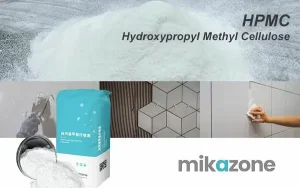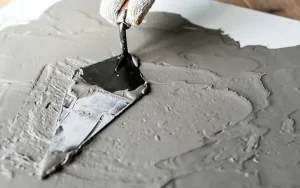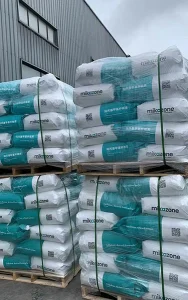Cellulose ethers are water-soluble polymers made from cellulose, the main structural component of plants. There are several types of cellulose ethers, each with unique properties that make them ideal for a variety of applications.
Industrial-grade cellulose ethers are used in everything from pharmaceuticals and cosmetics to construction and textile manufacturing. In addition, they can also be used as food additives and as thickening agents in paints and coatings.
Types of Cellulose Ethers
The three most common types of cellulose ethers are hydroxypropyl methylcellulose (HPMC), methyl hydroxyethylcellulose (MHEC), and hydroxylethyl cellulose (HEC).
- HPMC is the most widely used type of cellulose ether due to its versatility. It is available in a wide range of grades with different molecular weights, degrees of substitution, and viscosities. HPMC can be used in both acid and alkaline solutions, making it ideal for a wide range of applications.
- MHEC is similar to HPMC but with a lower hydroxypropyl content. In contrast to HPMC, the gel temperature of MHEC is usually higher than 80 °C, depending on group content and production method. MHEC is commonly used as a thickener, binder, emulsion stabilizer, or film former.
- HEC is a highly efficient thickener that can be used over a wide range of pH values. It is often used in construction applications such as grouting or plastering because it improves the workability of mortar without affecting its setting time.
Uses for Cellulose Ethers
Cellulose ethers have many uses due to their unique properties. Some common uses for cellulose ethers include:
Thickeners: Cellulose ethers can be used as thickeners in lubricants, adhesives, oil field chemicals, food products, cosmetics, and pharmaceuticals.


Binders: Cellulose ethers can be used as binders in tablets or granules. They improve the compressibility of powders while still maintaining good flow properties.
Emulsion Stabilizers: Cellulose ethers can stabilize emulsions by preventing coalescence or flocculation of the disperse phase droplets. This makes them ideal for use in emulsion Polymers such as latex paints or adhesives.


Film Formers: Cellulose ethers can be used to form films or coatings on surfaces. They are often used in construction applications such as tiles or wallpaper adhesives. Films formed from cellulose ethers are typically clear and flexible with good moisture resistance.
Conclusion:
Cellulosic polymers like hydroxypropyl methylcelluloses (HPMCs), methylhydroxyethylcelluloses (MHEC), and hydroxyethylcelluloses (HEC) offer many benefits over synthetic polymers like polyvinyl alcohols (PVAs). They are non-toxic and biodegradable with good film forming capabilities.
If you’re looking for an alternative to synthetic polymer ingredients, consider using one of these cellulosic polymers in your next formulation!








